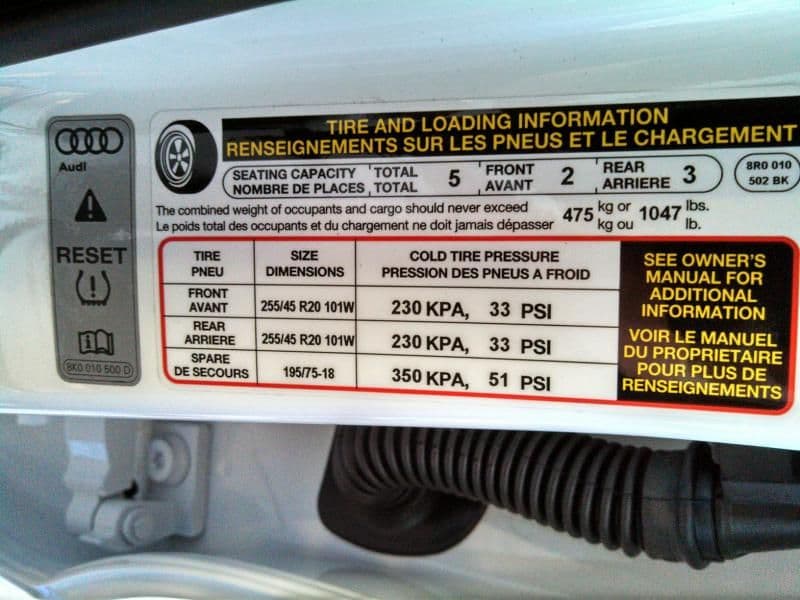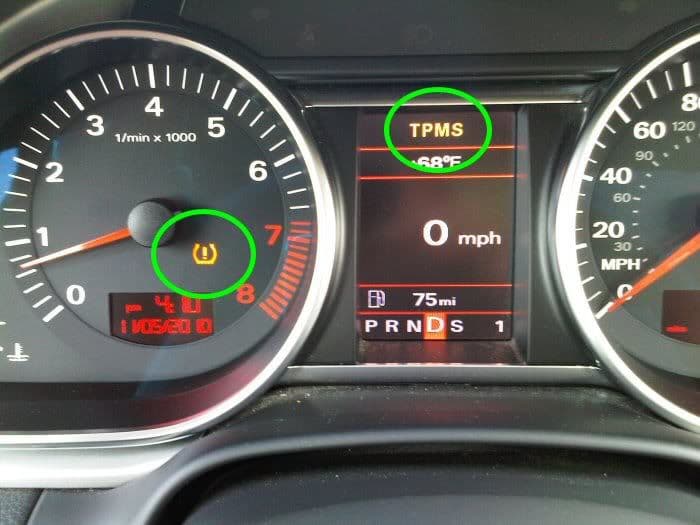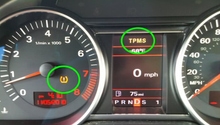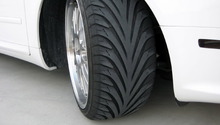Audi: How to Check Tire Pressure
Keep reading to find out how to accurately check the tire pressure for your Audi.
This article applies to the Audi Q5/Q7, A3, A4 B7, A4 B8, A6 C5, A6 C6.
Maintaining a safe level of pressure in your tires all year round is important. In fact, one could argue it's the most important aspect of tire maintenance and road safety. You may be wondering if there is a way to accurately check the amount of pressure in your tires without needing to set aside hours to visit a local Audi dealership. Well, there is. But you'll need to keep reading to find out what it is. It's a lot easier than you think, and you won't need any specialized tools.

Materials Needed
- Tire pressure gauge
- Owner's manual
Step 1 – Comply with PSI recommendations
Comply with the pounds per square inch (PSI) rating for your tires, as recommended by Audi. The proper inflation for your tires is based on two categories: Rear inflation and front inflation. For the 2011 Audi Q5, the recommended inflation for front tires is 38 PSI and 42 PSI for rear tires.

Pro Tips
- Even if your new Audi was recently shipped to your local Audi dealership from the factory, it's highly recommended that you check how much tire pressure is in each tire.
- Check the sticker on the driver's side door (or refer to your owner's manual) for your vehicle's complete tire specs.
Step 2 – Monitor the tire pressure warning light
Your Audi is equipped with a tire pressure monitoring system (TPMS). It will display a warning light whenever the tire pressure in your vehicle decreases below the recommended level of inflation or, conversely, increases above the recommended level of inflation. If the warning light displays on your dashboard (at any time), you'll need to check your tire pressure and make adjustments as needed (e.g., add or remove air). A sudden change in temperature (seasonal or otherwise) can cause your tires to lose or gain air pressure.

Pro Tip
- Keep in mind that all of the tires on your vehicle are equipped with a sensor, including the spare. Each time a new tire is mounted to your Audi, a new sensor will need to be installed and programmed.
Step 3 – Use a tire pressure gauge
- Kneel down in front of your tire with a tire pressure gauge in hand.
- With the valve cap removed, go ahead and press the pressure gauge down (and over) the valve stem.
- You should hear a "hiss" sound. Add pressure as needed until you do.
- Check the reading.

Featured Video: How to Check Tire Pressure
Related Discussions
- Increase Safety, Check Tire Pressure - Audiworld.com
- Recommended PSI for the Audi - Audiworld.com
- Tire Pressure Tips - Audiworld.com
- Recommended Tire Pressure Readings - Audiworld.com






